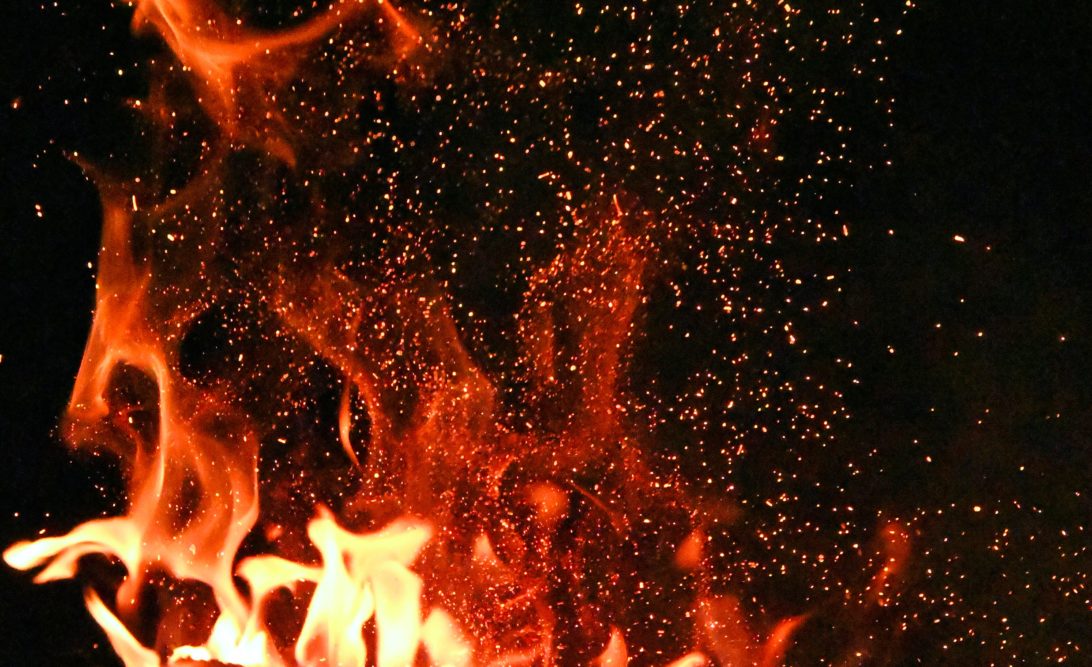New Process Turns Any Carbon Based Materials Into Graphene

The Rice University Lab has reported that they can turn a ton of coal, food waste and even plastic into graphene. And they can do it for a fraction of the cost of other graphene producing methods.
This new process has got a lot of people in this field excited about the possibilities that this new method has.
Food waste is a huge problem all over the world, and every day people throw away tons of unused food, all because it goes bad or is simply unwanted.
30 to 40 percent of the world’s food is thrown away, which is a staggering amount, especially when we consider the impact that just making the food has on the planet.
And on top of this, the world wide plastic problem is at its worst, with more and more plastic in our oceans and land areas, something needs to be done fast.
The process involves heating up these waste materials to 3000K for a split second, turning it into what is known as ‘flash graphene.’
During this procedure, the carbons within the waste materials are being trapped and converted into graphene.
These carbons would otherwise be emitted as greenhouse gases, in the form of carbon dioxide and methane.
Therefor this new discovery has huge potential to help curb the increasing global warming problem.
The flashing process takes place in a custom built reactor designed to heat up the waste materials quickly, turning the carbon elements into the graphene and emitting all the non carbon compounds as a gas.
If the process was industrialised, these waste gases such as oxygen and nitrogen can be trapped and collected since they have value.
The current price to produce graphine is anywhere from $67,000 to $200,000 per ton, and this new procedure will reduce these costs drastically.


